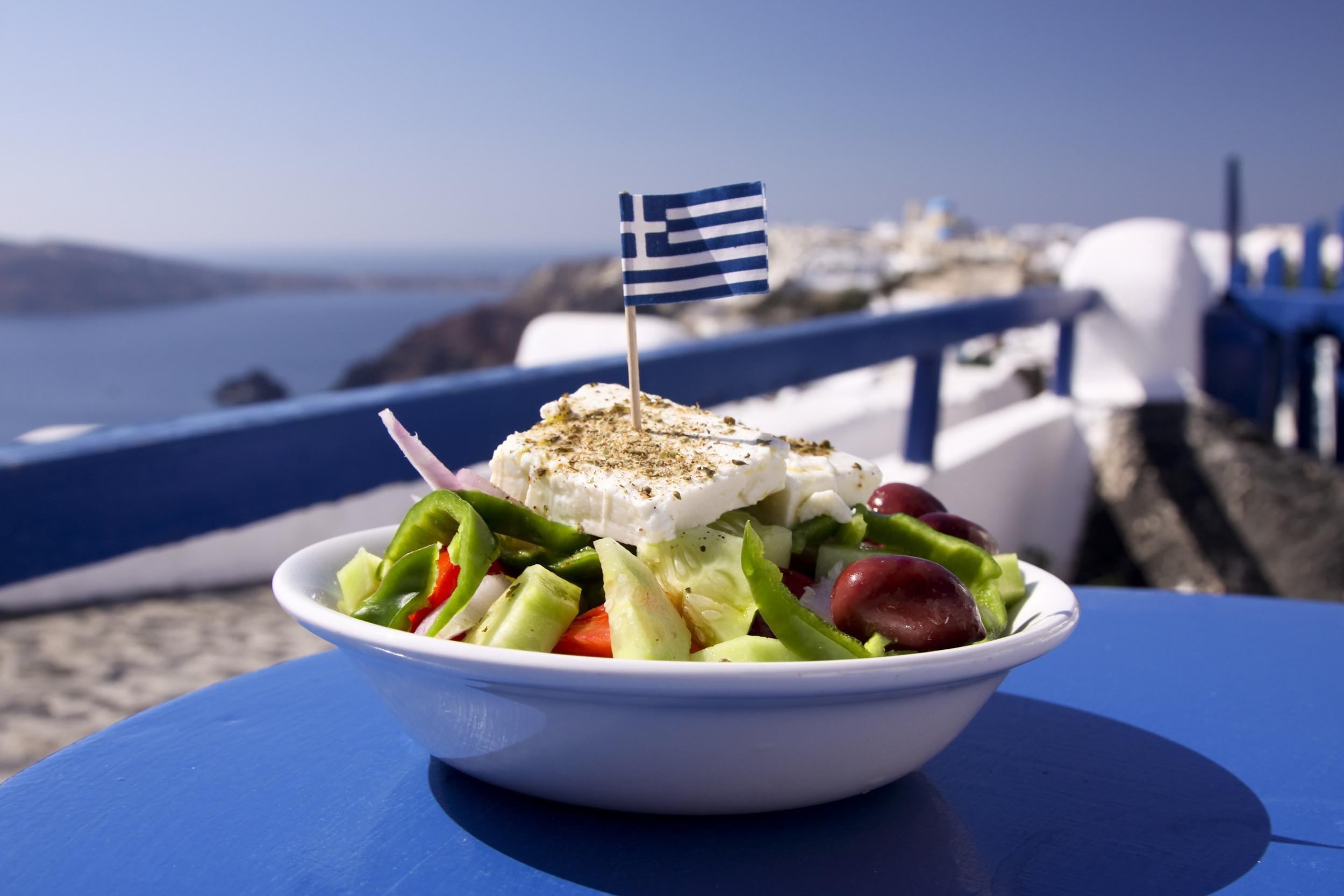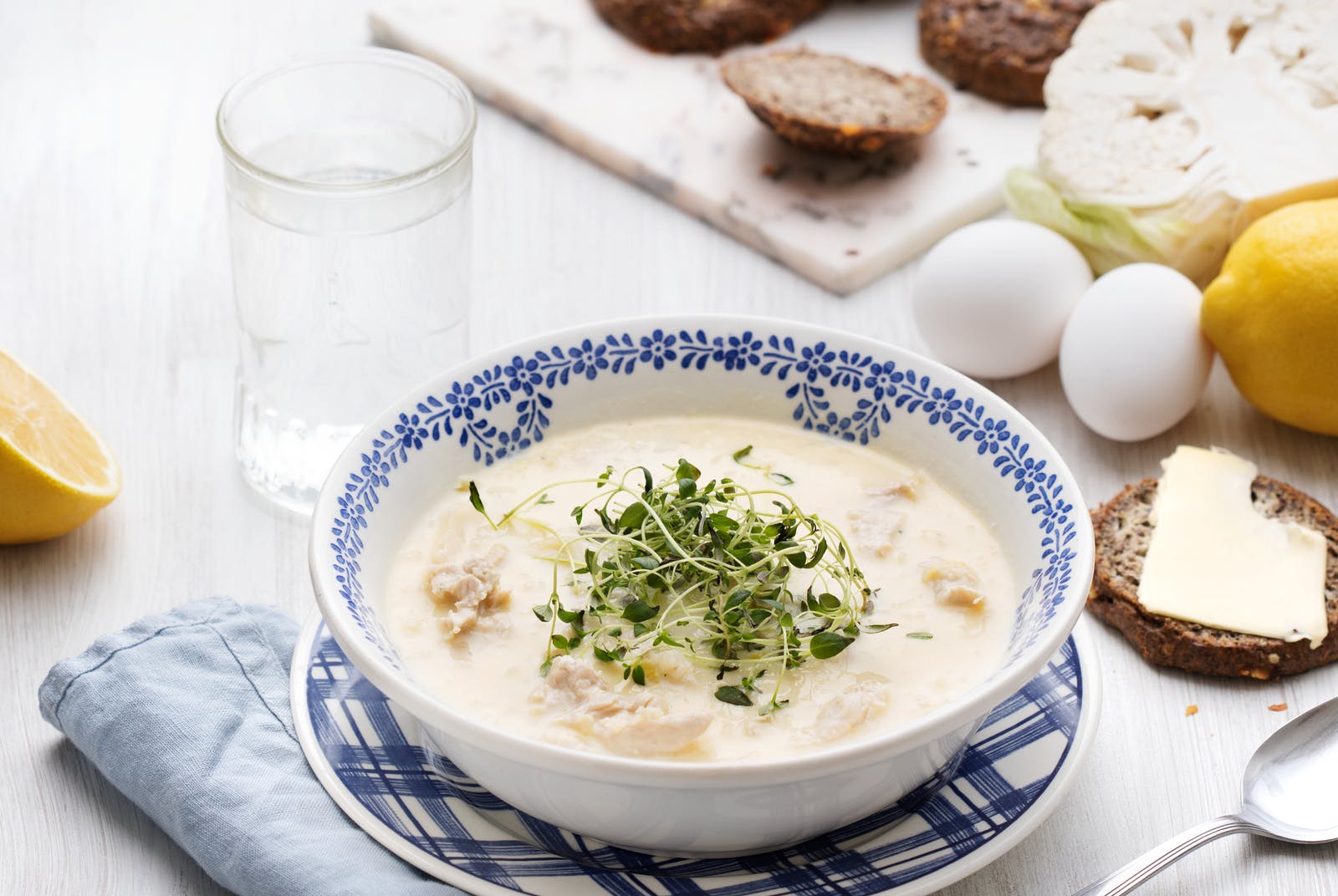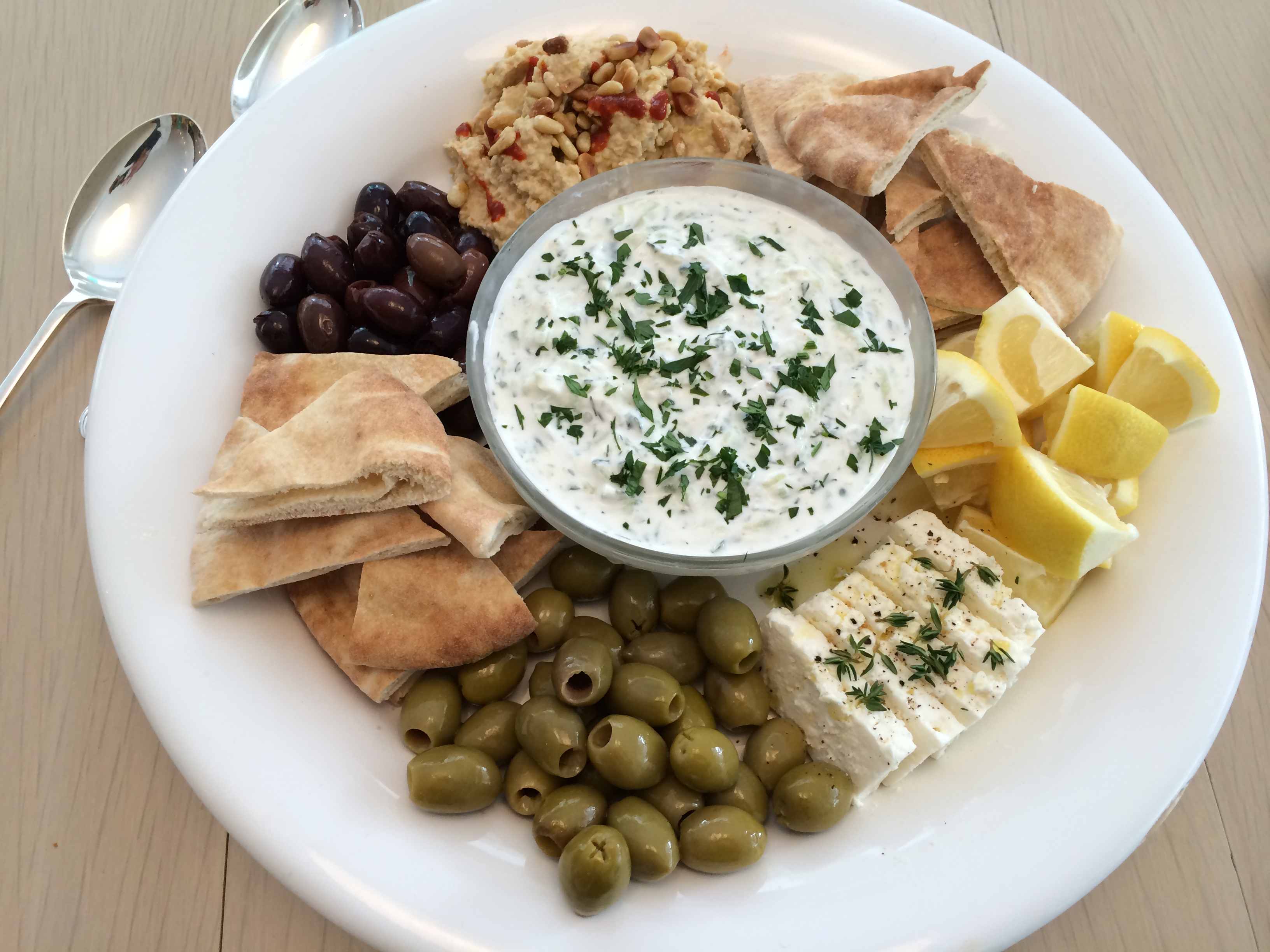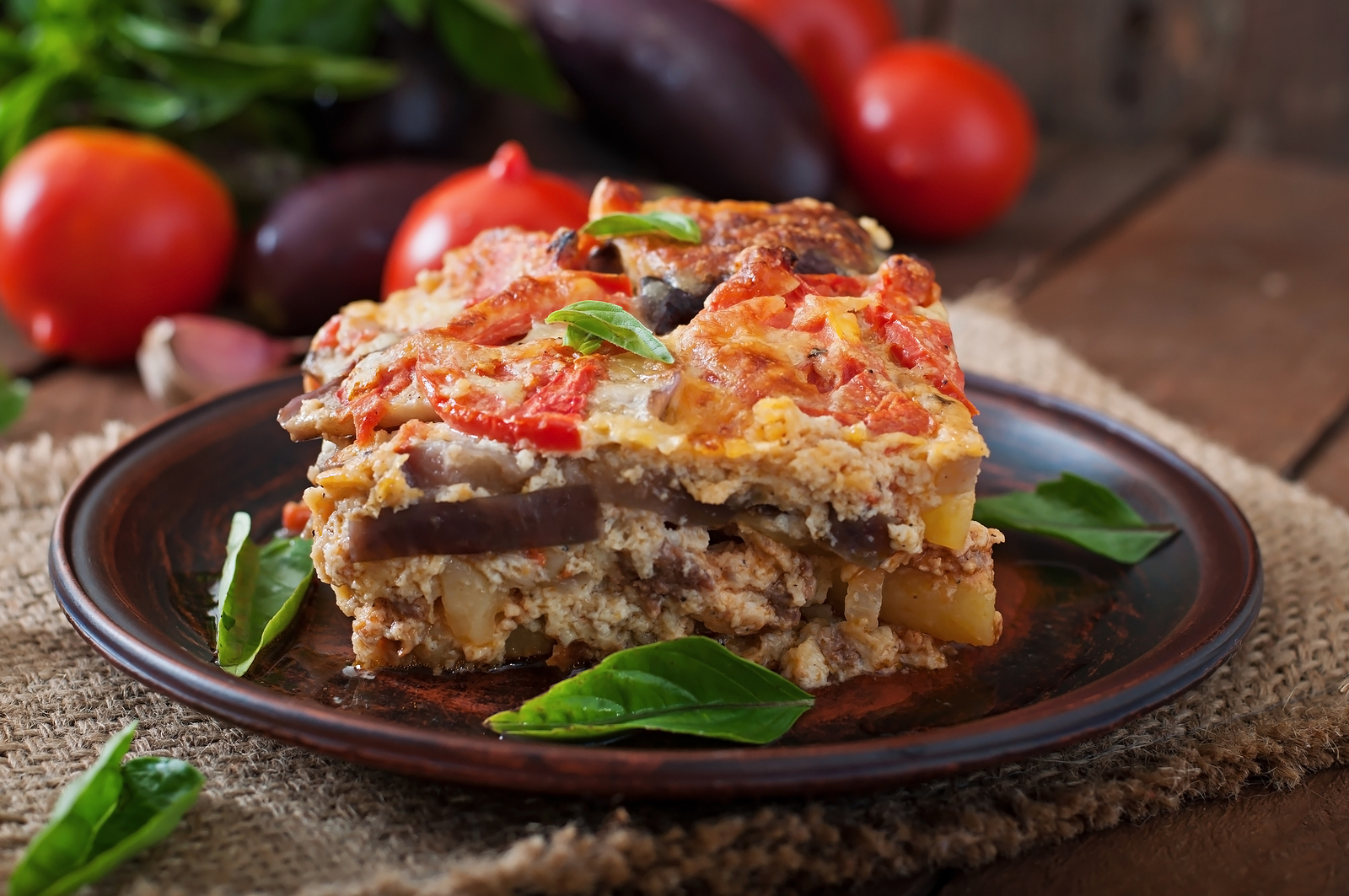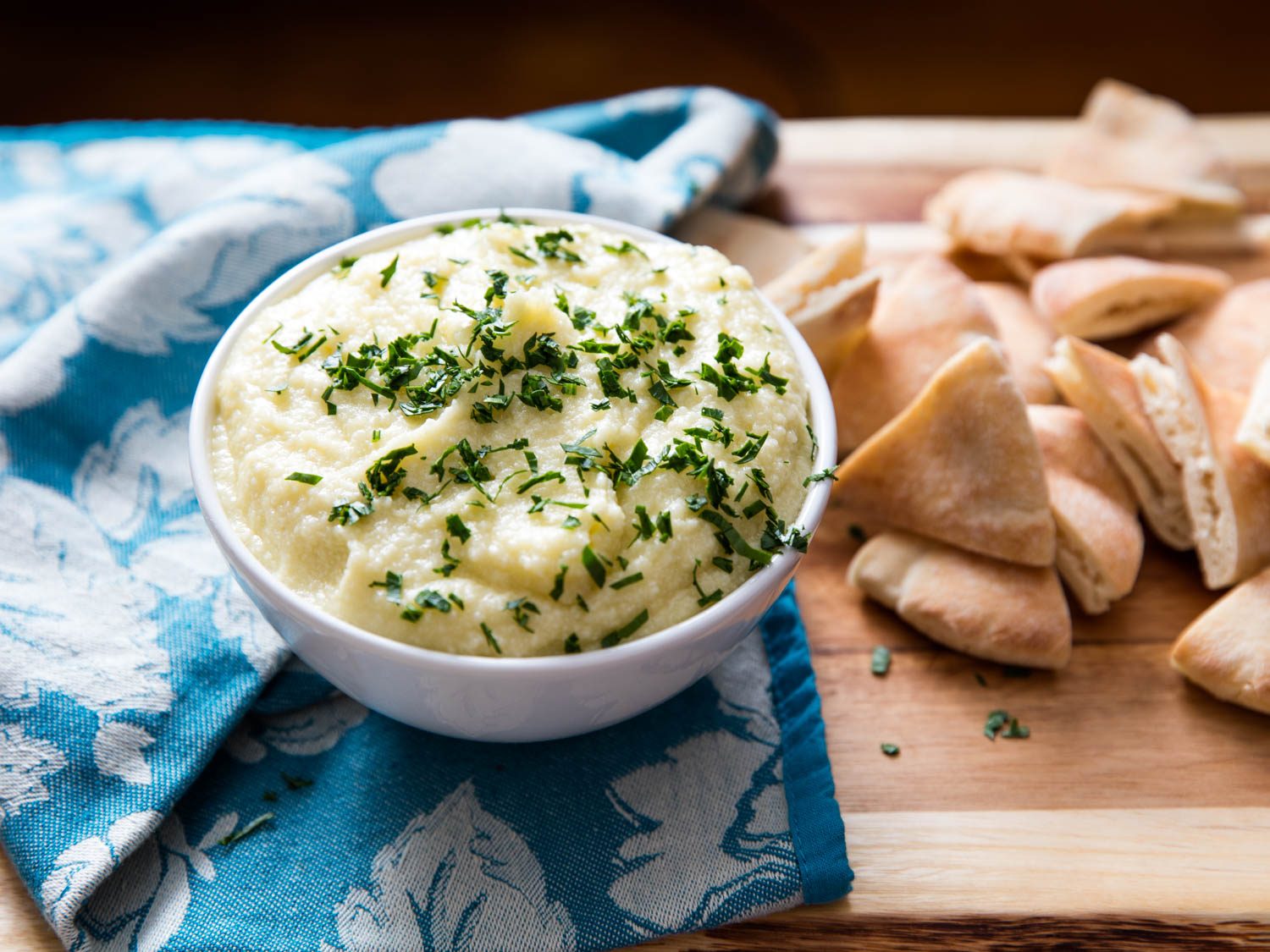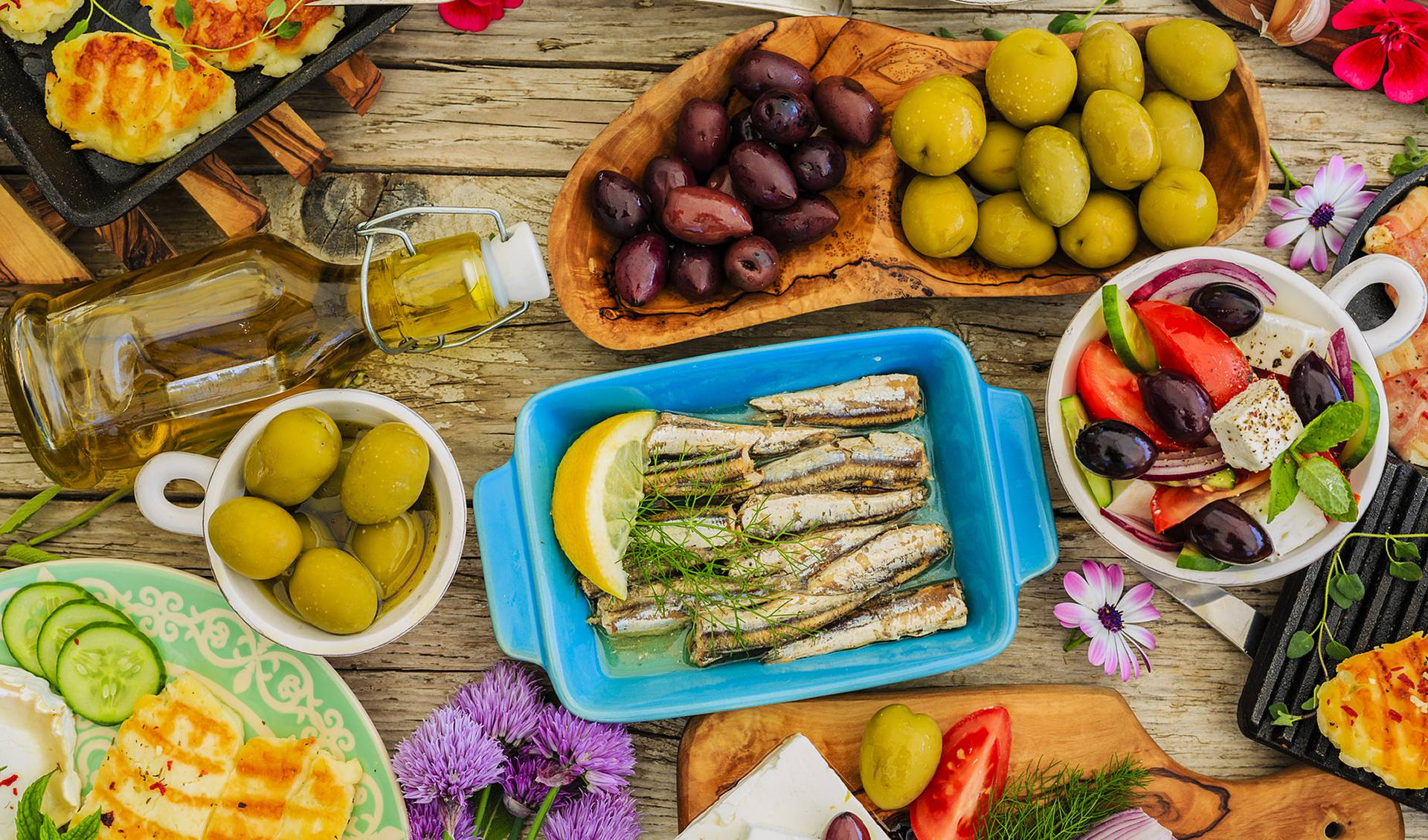Greek cuisine, despite its originality, intersects with the culinary arts of the Balkans, Italy, France. The people of Greece have learned to make their own unique notes of taste in all the dishes that they cook, and the natural beauty of the local nature pushes to create only natural and wholesome food. That is why it is worth getting acquainted with this facet of Greece closer and taking a couple of recipes for note.
Material Content:
Traditions and features of Greek cuisine
Many national Greek dishes contain olive oil: they are fried on it, salads are seasoned with them, and marinade is created on its basis. Such an abundant availability of this product is due to two factors: territorial and historical. The fact is that even the ancient Greeks paid tribute to the oil from the fruits of the olive tree, which in this country has always been abound. Over time, tradition has not lost its qualifications and is relevant to this day.
Another advantage of the Greeks is gourmet cheeses. It was they who created the world famous Feta cheese and included it in the composition of their signature "Greek" salad. Besides him, culinary specialists have about 50 types of this dairy product in their arsenal. In general, the Greeks occupy a leading position in the ranking of cheese consumption. About 25 kg of this product fall on one citizen, which cannot but surprise.
The most commonly used vegetables in Greece are eggplant, onion, tomato, okra, potato, green beans and pepper. In addition, the Greeks are big fans of all kinds of spices, herbs and seasonings. Favorite cooks in this country are:
- Bay leaf;
- oregano;
- dill;
- basil;
- onions (green and dried);
- thyme;
- garlic;
- mint.
An interesting difference was the recipes for cooking meat with sweet spices, such as cloves and cinnamon. A similar trend is especially pronounced in the northern regions of the country.
The most popular dishes of Greece
Local housewives can cook the most popular Greek dishes no worse than restaurant chefs, since secret recipes here are passed down from generation to generation. Let's get acquainted with the most common dishes of the Greeks.
First meal
A striking representative of the Greek first courses is augolemono soup. It is usually cooked in chicken broth, but there is also the use of beef, fish or even vegetable. Small pasta is cooked in it (for example, orzo), and then the egg-lemon mixture is added. She, in fact, makes the soup thick and viscous. To make the dish more satisfying, add pieces of meat or fish to it, on which the broth was prepared. It is noteworthy that analogues of such a delicacy are found in Italian, Jewish and Arabic cuisines.
A rather specific national dish is Spartan stew. In some sources, there is another name, which sounds like "black blood stew." The soup found such a name not in vain, because it is prepared from nothing more than blood. In addition to it, the composition includes pork legs, lentils, vinegar and salt. This legendary food is shrouded in many legends: some say that only the Spartan heroes know how to eat it correctly, while others say that it gives strength to the weak and sick. Even the Persian king specially bought himself a Spartan cook to taste this dish, but he did not like it at all ...
Of lean dishes in Greece, a popular bean. It is a mild-tasting soup of beans, tomatoes, onions, tomato paste and spices. It is also revered in Cyprus, and the Turks even have an exact copy of the stew called kuru fesuli.
Snacks
Among traditional Greek snacks, tzatziki (also tzatziki, tzatziki) stand out favorably. This is a soft yogurt sauce in which bread or vegetables are dipped. It has a sour and pungent flavor due to cucumber and garlic in the composition. To the taste of the hostess, they also add such components as:
- olive oil;
- salt;
- pepper;
- lemon juice;
- peppermint;
- dill;
- parsley.
The mixture can also be used as a sauce for fish or meat. In Bulgarian cuisine there is a similar delicacy, which has the name "tarator".
A dish that can be purchased at any Greek diner is souvlaki. Pork, chicken or lamb marinated in a sauce of lemon juice, olive oil, oregano, salt and pepper. After that, the meat is put on skewers and cooked on charcoal, an open fire or a baking sheet. Such a delicacy resembles a barbecue familiar to us, but it turns out to be quite dry. Its taste is brightened up with spectacular serving along with sweet pepper, french fries, herbs, bread and lemon.
Salads
Describing the Mediterranean salads, one can not help but mention the "Greek", or as it is called local, "rustic". The standard recipe includes the following products:
- Chees Feta;
- Tomatoes
- cucumbers
- pepper;
- onion;
- olive oil;
- lettuce;
- olives;
- lemon juice.
All over the world they love this salad. He has long migrated from Greece to many other countries, where each cook has his own vision of this dish.
Along with the Greek salad, the locals also prepare an interesting dish of melitsanosalata. The compound name translates as "eggplant salad." And indeed, the main ingredient is eggplant. It is baked, cut into pieces, seasoned with lemon juice, balsamic vinegar, garlic, pepper. The dish is served cold on the table. It has a pronounced severity, therefore, is suitable only for those who do not suffer from diseases of the gastrointestinal tract.
Well, what kind of Mediterranean cuisine without a mix of seafood and fresh vegetables? As a prominent representative of this trend is Tonosalata - a salad with anchovy fillet and canned tuna. Classical Greek products (tomato, cucumbers, beans, lettuce, olives) perfectly emphasize the pleasant salty taste of fish. Boiled eggs and potatoes, onions, olive oil and mustard complement the composition. This delicacy is more often found on the tables of residents of coastal areas, since seafood there is relatively inexpensive.
Meat Dishes
One of the oldest recipes for cooking sheep meat is moussaka. The Greeks are proud of this dish and serve it not only on weekdays, but also on holidays. But not only these people consider themselves the creators of such a casserole. Romanians and Bulgarians also consider themselves to be the discoverers of such a delicacy popular today.
Musaka is something that is definitely worth a try visiting Greece.
Lined with layers of zucchini, potatoes, minced meat, mushrooms and tomatoes are exquisitely intertwined and create an incredible taste and alluring aroma. The highlight of Moussaki is Bechamel sauce. It acts as a binding material and gives the casserole soft creamy notes.
Dolmades (dolma) is a dish that resembles cabbage rolls with one slight difference. For it, not cabbage is used, but sheets of grapes (sometimes vegetables). The filling is minced meat, rice, lemon juice and olive oil, which add special notes of the Greek variation of this dish. In addition, dolma is prepared in Azerbaijan, Armenia, Ireland, Turkey and Sweden.
Fish recipes
During fasting days, the gopher piano, that is, stewed fish, is an indispensable dish. This dish is one of the oldest in Greek cuisine. Initially, it began to be served in Orthodox monasteries, and today's modification can be found in fashionable restaurants. Such a delicacy is prepared in accordance with the local flavor. For him are used:
- fleshy tomatoes;
- olive oil;
- onion;
- lemon juice;
- garlic;
- lots of spices.
The secret to the success of the gopher piano dish is the freshness of the fish. Best of all, if it falls under the cook’s knife immediately after capture.
Mediterranean cuisine is rich in successful recipes for cooking fish and seafood. But especially popular was tsipura sharas. This amazing fish resembles a dorado. Prepare it on the grill, after pickling. Serve with ladolemono sauce. It gives the meat a slightly sourish tinge. Greek cooks are reluctant to share his recipe, because because of this, the dish will cease to be their own property.
Dessert
Greeks love pies and prepare them from vegetables, fruits, cheese, meat and other improvised products.
In the list of the best desserts, it is worth making milopit - an apple pie with cinnamon. The first thought arises that this is an analog of the well-known charlotte. But no, this baking has several pronounced differences.
- Firstly, apples, which are filling, are not cut into slices, but rubbed into gruel. Cinnamon and other spices are added there as desired.
- Secondly, unusual sweet flour “Farina” (made from soft varieties of wheat or winter wheat) is used to make sweets.
- Thirdly, good aging brandy is necessarily included in the recipe. It gives a delicate grape flavor to the dish. As a sprinkle, you can take grated walnut.
A special Greek milk cake is galactobureko, for tasting of which they come from all over the world. It is based on dough filo, milk and semolina. By and large, all the components of this dessert can be found in almost every home. The pie turns out to be quite satisfying and high-calorie. Indeed, in addition to the main ingredients, it also includes butter, cream and sugar. It turns out to achieve a citrus shade with the help of lemon peel, which is also part of the composition.
But it’s not only the Greeks who bake sweet tooth pies.They know how to cook and air donuts from yeast dough. Such a delicacy is called lukumades. The interweaving of the smell of cinnamon and honey creates a pleasant association with summer and warmth. The dish is not only close to the Greeks. This deep-fried dish is popular with Turks and Persians.
Greek sauces
Of course, zadziki could be included in the sauce section, but this delicacy is more often served as an appetizer than as an addition to the main course. It is worthy to be replaced by the scorpion. This is a fairly thick mashed potato, olive oil, spices, garlic nuts and ... stale bread. Such a component has historically been included in the dish, therefore, out of respect for the ancestors, it is not replaced with analogues. The cooking process consists in grinding all the ingredients into a homogeneous gruel, which will be an excellent sauce for fish.
Most often, scardia is served on the Annunciation and during Lent.
Since the Greeks are big fans of cheese, they, of course, invented the original cheese sauce. It is called "gravera". The method of preparation and the products used are very reminiscent of bechamel sauce. In both cases, butter is dissolved in the stewpan, which is mixed with milk, flour, egg, grated cheese and salt. The only difference is in the proportions and spices: the French use nutmeg for their signature dressing.
National drinks
The Greeks are not indifferent to alcoholic beverages, in their bars you can find an unusual drink. For example, metaxa is half wine, half brandy. The idea to merge the two drinks came up with Spyros Metax. What is noteworthy, the name of alcohol came precisely from the name of the creator. His business was growing rapidly. He opened methax plants in Istanbul and Odessa. The drink is served with ice or tonic, but some gourmets prefer to drink it in its pure form. Metaxa is also a component of several cocktails, including Alexander.
Another original Greek alcohol is ouzo. It is made from brandy and included an anise hood. Before you get into the glasses of tasters, the product goes through several complex processes, such as:
- fermentation;
- distillation;
- distillation;
- cleaning up.
Most often, ouzo is used as an aperitif, less often in combination with an octopus, salad or confectionery.
Winemaking in Greece is not the last place. The pride of this industry is the resin wine Rezina. Manufacturers seal the vessels with the drink with pine resin, so the wine is nourished and gets a specific flavor.
National Products
Greece exports large quantities of olives, tomatoes, broccoli and eggplant. Cereals such as wheat, barley and corn are more used for their own needs, but still a certain amount falls on the shelves of neighboring countries.
The lion's share of agricultural production is occupied by cheese dairies. Centuries-old traditions and a responsible approach to business have allowed to give more than fifty delicious cheeses that are highly valued outside of Greece.
The climate of this country allows you to grow even tropical fruits. The most popular are bananas and oranges. Locals often plant these plants in their own yards, where they are well received and give fruit.
The national cuisine of Greece is not as extensive as, for example, in neighboring France or Italy. But the Greeks managed to preserve the unique recipes of their ancestors and thereby gain their own culinary independence.


